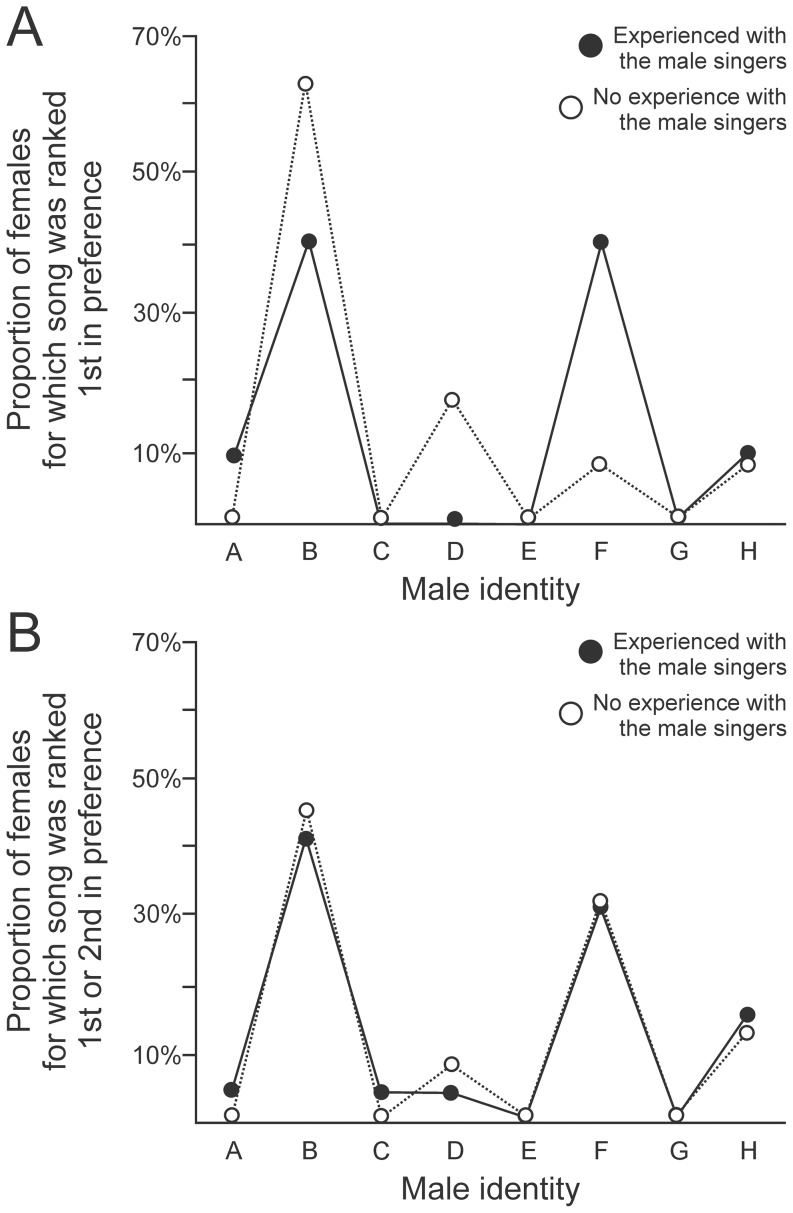Figure 5. Females prefer songs of some males more than others.
Females tended to prefer the songs of two males more than the other males tested here, and preferences for individual males were broadly similar between birds that did or did not have previous experience with the associated male singers. (A) Each female had one song for which she generated more calls than in response to any other song, which was deemed the most-preferred song type for that bird. Across all 21 birds tested, songs of two males (identified here as B and F) were more commonly preferred than the songs of other birds (filled symbols = 10 females that had experience with the associated singers, open symbols = 11 females that did not have experience with the associated singers). (B) When we expanded that consideration to include not just the top-ranked song for each bird but also the second-ranked song for each bird, that broad preference for males B and F was also evident (symbols as in panel A). Across the 21 birds tested here, 5 different songs were ranked as the most-preferred stimulus, and 6 different songs were ranked as either the top-ranked song or the second-ranked song. Across the population (N = 21 birds), male identity had a profound effect on female preference, but population preferences were similar regardless of whether the females did or did not have experience with the male singers (statistics detailed in the text).

